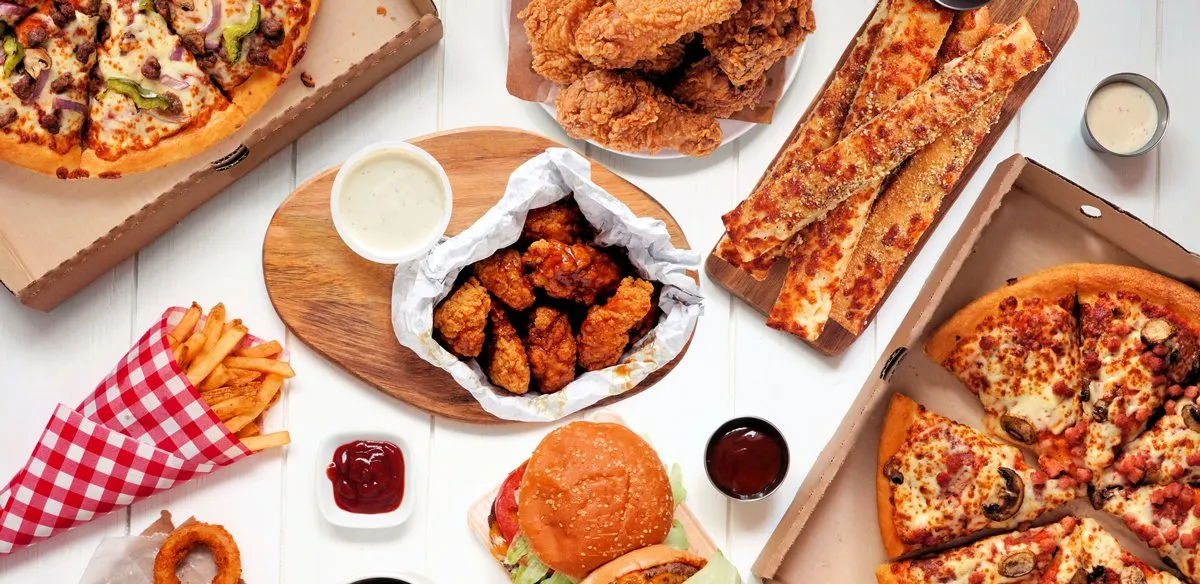Are you ready to evolve? Moving from POS to a Hospitality IT platform
If you’re running a hospitality business - at least if it’s anything upwards of a lemonade stall - you’ll have some form of point of sale system....
3 min read
Louie Scarpari : 11/01/2023 1:24:58 PM

As we approach a new year, thoughts naturally turn to what lies ahead. Hospitality businesses move into 2023 with some pretty big challenges, but also with a renewed appreciation of the massive benefits of technology in the sector, and an acceptance of a vastly accelerated pace of change compared to even just a few years ago. It’s a time of challenges, sure, but a time of excitement and opportunity too. So as we say farewell to 2022, here are the top 10 trends that will impact hospitality businesses in the year ahead:
Staff shortages – all sectors will find it hard to find staff, but none more so than hospitality. The combination of the ‘great resignation’ during the pandemic and a dearth of overseas workers due to border closures has led to Australia entering 2023 with a shortage of an estimated 100,000 workers in restaurants, cafes and bars around the country.
Inflation and rising costs – rising costs will continue to hit the hospitality sector, driven by increased wage demands weather events creating a shortage of produce. Hospitality businesses will be caught between needing to increase their pricing, but aware that with inflation at its highest for over 30 years customers’ are having to rein in their spending.
Increase in international arrivals – however, one of the brighter spots on the horizon is that international arrivals are forecast to increase in 2023. Whilst levels are still not up to their pre-covid highs, they are increasing, meaning a larger pool of potential staff and more tourists needing Australia’s renowned hospitality services.
Growth of Drive-Thru – in a country like Australia, with a population very depending on cars, drive-thru has been a staple of the hospitality sector for many years. But growth in 2023 is forecast to accelerate, driven by ever busier lives, a move away from traditional mealtimes, and many people still preferring to avoid crowded spaces. For a hospitality business, drive-thru offers an effective use of space and resources, and an opportunity to enhance service levels for busy customers.
Voice recognition – the ‘voice personas’ Alexa and Siri have transformed the way that people interact with technology. In 2023, voice recognition is set to move from the home and the call centre to the drive-thru and even inside the restaurant. 2023 will see an increase in hospitality providers using voice recognition systems to do more with fewer staff, without sacrificing customer experience, and even enhancing their brand with their very own voice persona.
Self-service ordering – another growth area for 2023 will be kiosk self-service ordering. Already popular in many QSRs, the proliferation of kiosks will accelerate in 2023, and will expand into a wider range of venues. This is part of a global trend, with the kiosk market forecast to reach USD 2.4 billion in 2027. Customers love self-service, because it puts them in control and gives them time to make their choice. For hospitality businesses, having a direct connection between customer and kitchen frees up staff to be deployed elsewhere, and eliminates incorrect orders and the resulting costs and customer dissatisfaction.
Table ordering – go into a table service restaurant in 2023 and there’s a growing chance you’ll be placing your order via your phone – scanning a QR code that takes you to a menu and ordering app. For restaurants, this offers new opportunities for loyalty and personalisation. With the diner using their own device, restaurants can identify them, and use smart AI technology to suggest menu choices based on previous preferences. The diner gets a personalised service and restaurants get high quality data about their customers that allows them to upsell, increase order size and plan strategically for future menus and offers.
Omnichannel – omnichannel is the seamless integration of online and offline worlds. Customers no longer distinguish between online and offline – they’ll order on their phone and then drive to pick up their meal in person for example. If they are not making a distinction, hospitality businesses can’t afford to either, so 2023 will see an increased focus on full integration between the physical and digital worlds.
Continued focus on customer service, loyalty and retention. In tough times of inflation and high costs, those who survive can do well, as their competitors fall. Loyalty is one of the biggest keys to success in hospitality and the focus on it is not going anywhere in 2023. Loyalty ‘earn and burn’ programs, tailored offers and promotions – all will continue to be a big part of hospitality in 2023.
Ethics and values – the rise of the conscious consumer, a phenomenon accelerated by the pandemic, is showing no sign of declining in 2023. In Australia, which has one of the highest percentages of vegetarians in the world, consumers want to know what they are eating, where it comes from and to have the choice of local foods and plant based meals. They want to purchase from ethical and transparent businesses, and to support local initiatives – with programs such as Local Matters from Grill’d set to become more widespread in 2023.

If you’re running a hospitality business - at least if it’s anything upwards of a lemonade stall - you’ll have some form of point of sale system....

Artificial Intelligence (AI) burst into the social consciousness with a bang in late 2022. The technology, which has actually been around for a...

We explore the 12 ways that virtual brands are benefitting hospitality businesses. Virtual brands seem to be flavour of the moment in the world of...